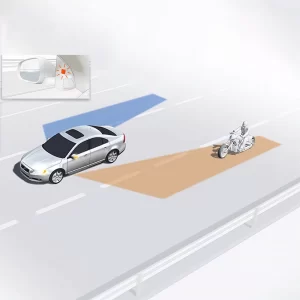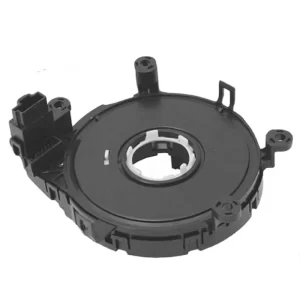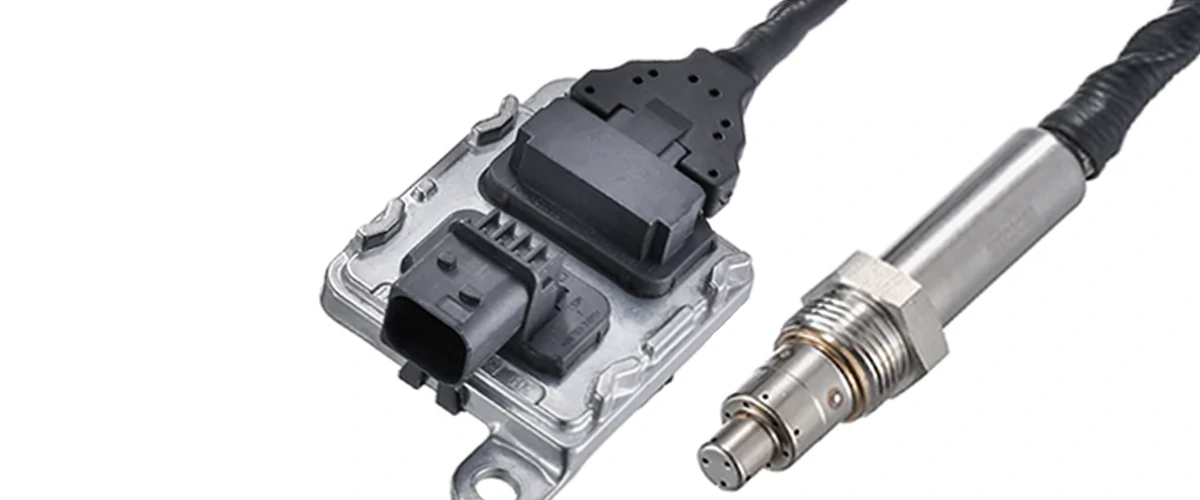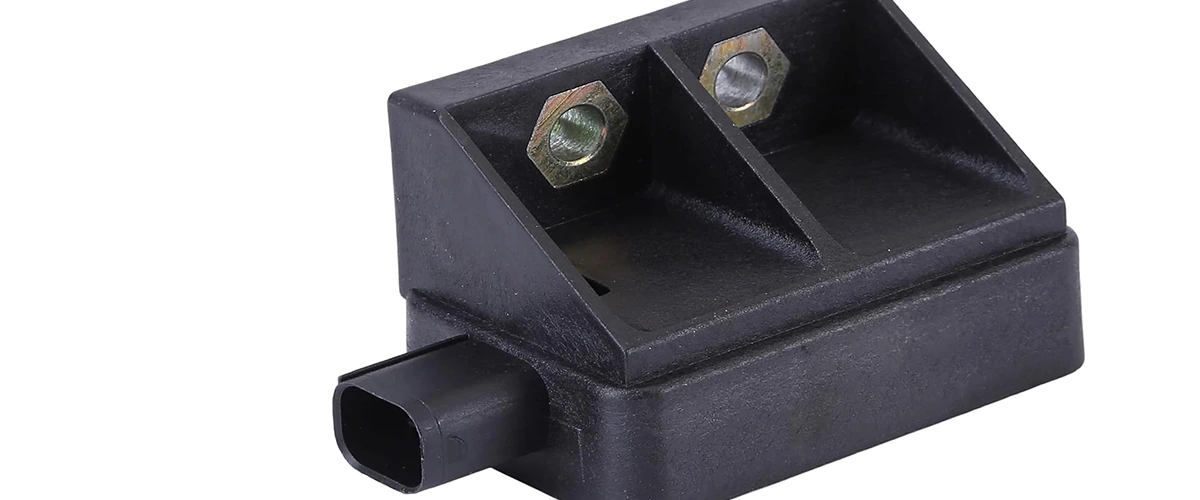Failure Symptoms and Possible Causes
Black smoke
- Boost pressure control rotary valve/poppet valve does not close
- Lube air filter system
- Dirty compressor or charge air cooler
- Cracked/missing or loose gaskets in the engine air intake
- Excessive flow resistance in the exhaust system / leakage upstream of the turbine
- Foreign body damage to the compressor or turbine
- Fuel system/injection system defective or incorrectly adjusted
- Insufficient oil supply in the peat loader
- Suction and pressure pipe distorted or leaking
- Turbine housing/valve damaged
- Damage to turbo bearings
- Valve guide, piston rings, engine or cylinder liners worn/increased knock
Blue smoke
- Coke and deposits in the center of the turbocharger
- Crankcase ventilation blocked and distorted
- Lube air filter system
- Dirty compressor or charge air cooler
- Excessive flow resistance in the exhaust system / leakage upstream of the turbine
- Oil supply and drain pipes clogged, leaking or distorted
- Piston ring seal defective
- Damage to turbo bearings
- Valve guide, piston rings, engine or cylinder liners worn/increased knock
Turbocharger generates acoustic noise
- Dirty compressor or charge air cooler
- Cracked/missing or loose gaskets in the engine air intake
- Excessive flow resistance in the exhaust system / leakage upstream of the turbine
- Exhaust gas leakage between the turbine exhaust pipe and the exhaust pipe
- Foreign body damage to the compressor or turbine
- Insufficient oil supply in the peat loader
- Suction and pressure pipe distorted or leaking
- Turbine housing/valve damaged
- Damage to turbo bearings
Boost pressure is too high
- Boost pressure control rotary valve/poppet valve does not open
- Fuel system/injection system defective or incorrectly adjusted
- Pipe ass vest. rotary valve/poppet valve defective
Defective compressor/turbine wheel
- Foreign body damage to the compressor or turbine
- Insufficient oil supply in the peat loader
- Turbine housing/valve damaged
- Damage to turbo bearings
Oil leakage at turbine
- Coke and deposits in the center of the turbocharger
- Crankcase ventilation blocked and distorted
- Oil supply and drain pipes clogged, leaking or distorted
- Piston ring seal defective
- Damage to turbo bearings
- Valve guide, piston rings, engine or cylinder liners worn/increased knock
High oil consumption
- Coke and deposits in the center of the turbocharger
- Crankcase ventilation blocked and distorted
- Lube air filter system
- Dirty compressor or charge air cooler
- Excessive flow resistance in the exhaust system / leakage upstream of the turbine
- Oil supply and drain pipes clogged, leaking or distorted
- Piston ring seal defective
- Damage to turbo bearings
- Valve guide, piston rings, engine or cylinder liners worn/increased knock
Insufficient power/boost pressure too low
- Boost pressure control rotary valve/poppet valve does not close
- Lube air filter system
- Dirty compressor or charge air cooler
- Cracked/missing or loose gaskets in the engine air intake
- Excessive flow resistance in the exhaust system / leakage upstream of the turbine
- Foreign body damage to the compressor or turbine
- Fuel system/injection system defective or incorrectly adjusted
- Insufficient oil supply in the peat loader
- Pipe ass vest. rotary valve/poppet valve defective
- Suction and pressure pipe distorted or leaking
- Turbine housing/valve damaged
- Damage to turbo bearings
- Valve guide, piston rings, engine or cylinder liners worn/increased knock
Oil leakage at compressor
- Coke and deposits in the center of the turbocharger
- Crankcase ventilation blocked and distorted
- Lube air filter system
- Dirty compressor or charge air cooler
- Excessive flow resistance in the exhaust system / leakage upstream of the turbine
- Oil supply and drain pipes clogged, leaking or distorted
- Piston ring seal defective
- Damage to turbo bearings
- Valve guide, piston rings, engine or cylinder liners worn/increased knock
Получите полную поддержку
MOOCAR — как ведущий экспортер, мы постоянно разрабатываем прорывные решения для датчиков и приводов, чтобы помочь оптимизировать контроль выбросов, экономию топлива и управляемость. В дополнение к вышеперечисленным частям мы предлагаем полную поддержку данных, рыночной информации.
[идентификатор_формы_ниндзя=2]








